This area of our orchard is dedicated to the progenitors of some of the current fruit trees. Many fruits such as apples, pears, apricots, peaches, and persimmons are the result of a long process of domestication and varietal crosses.
This area features Pyrus communis subsp. pyraster (wild pear), which is a naturally occurring species in central Europe and western Asia, and is recognized as the wild ancestor of the earliest cultivated pear varieties. Malus sylvestris and Malus sieversii are cultivated here;these species are deeply involved in the origin of the present-day domesticated apple varieties. In addition, you may observe several Prunus species that have played an essential role in the cultivation history of fruits such as peaches, plums, and apricots.
A visit to this area provides an opportunity to understand how we have transitioned from wild species to the fruits that we currently eat.
-
progenitori
The fruits of Prunus persica of the much-appreciated cultivar known as "Percoca".
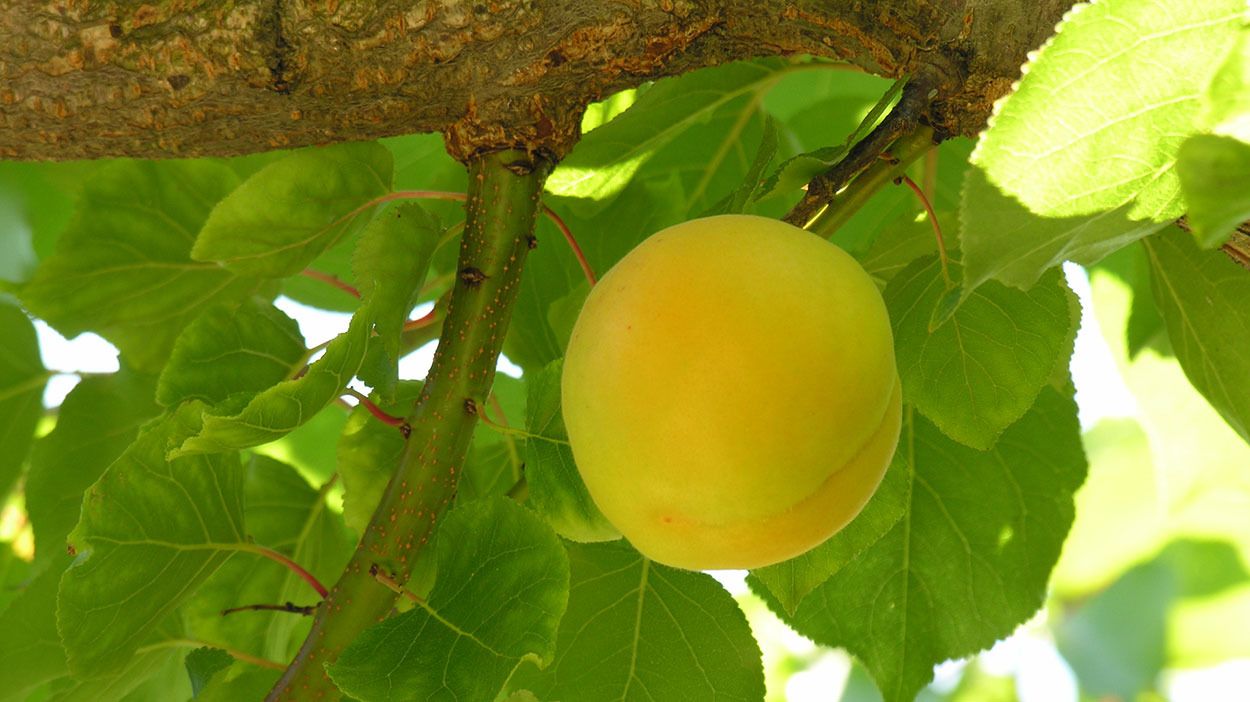
The fruits of Prunus persica of the much-appreciated cultivar known as "Percoca".
-
progenitori
Prunus amygdalus Batsch., in addition to being the source of almonds, is often used as a rootstock for numerous fruit varieties.

Prunus amygdalus Batsch., in addition to being the source of almonds, is often used as a rootstock for numerous fruit varieties.
-
progenitori
The flowers of the Prunus persica x amygdalus hybrid; this hybrid, known as cultivar GF677, is widely used as a rootstock for its resistance to pathogens.

The flowers of the Prunus persica x amygdalus hybrid; this hybrid, known as cultivar GF677, is widely used as a rootstock for its resistance to pathogens.
-
progenitori
Prunus insititia L. is a wild plum with dark-colored fruit.

Prunus insititia L. is a wild plum with dark-colored fruit.
-
progenitori vista
The area dedicated to the progenitors of current fruit trees.

The area dedicated to the progenitors of current fruit trees.



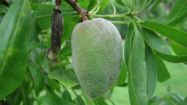
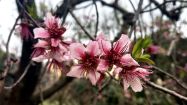

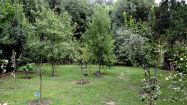

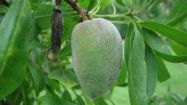
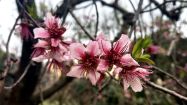
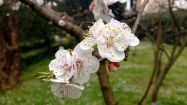
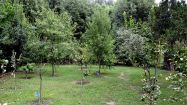

 Sistema Museale di Ateneo
Sistema Museale di Ateneo